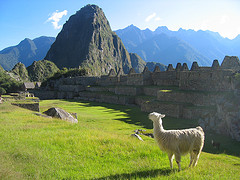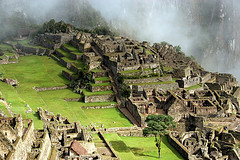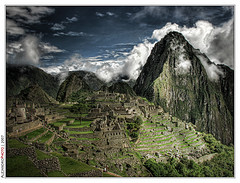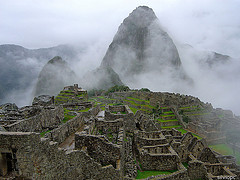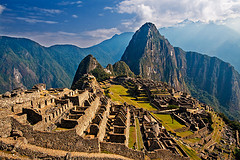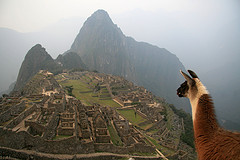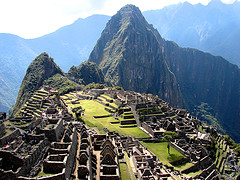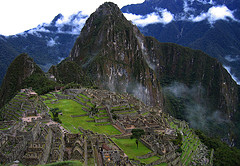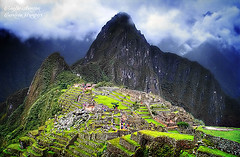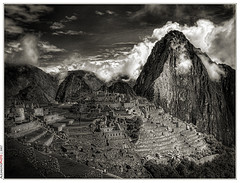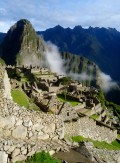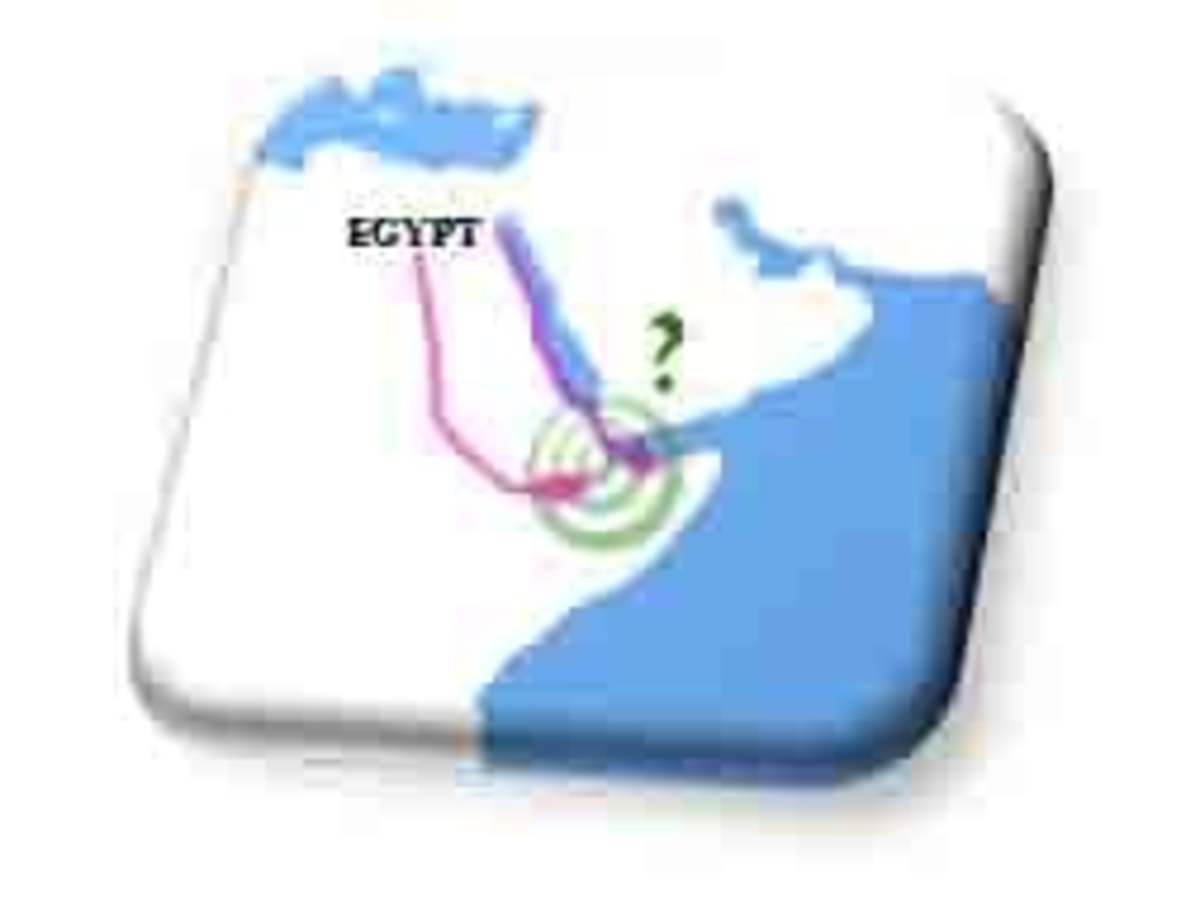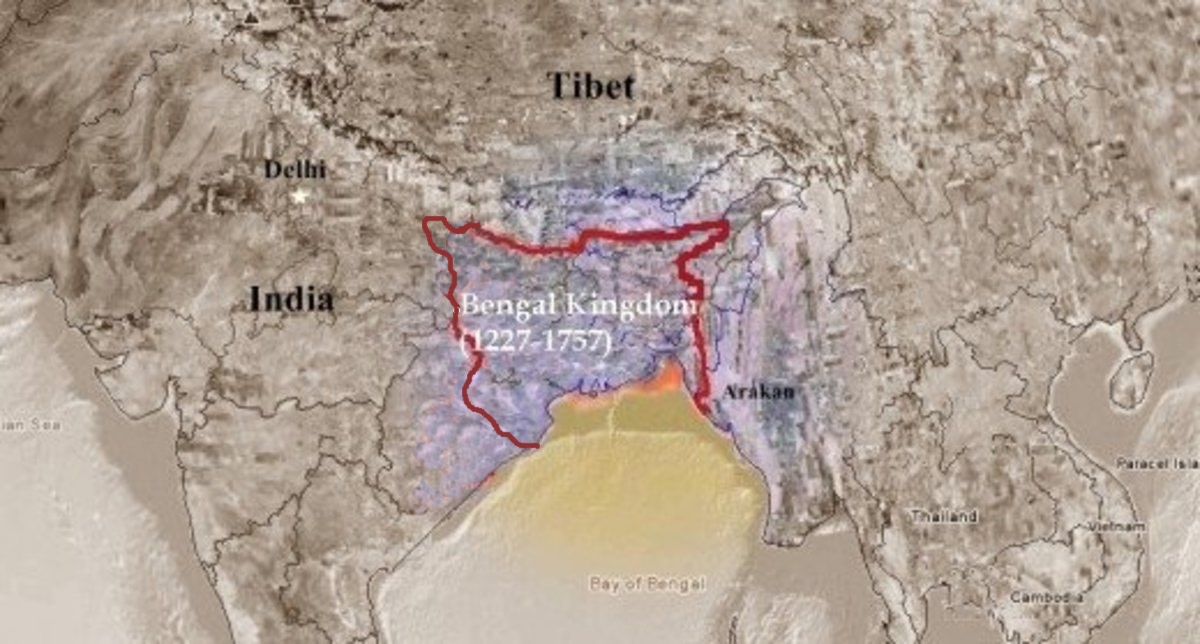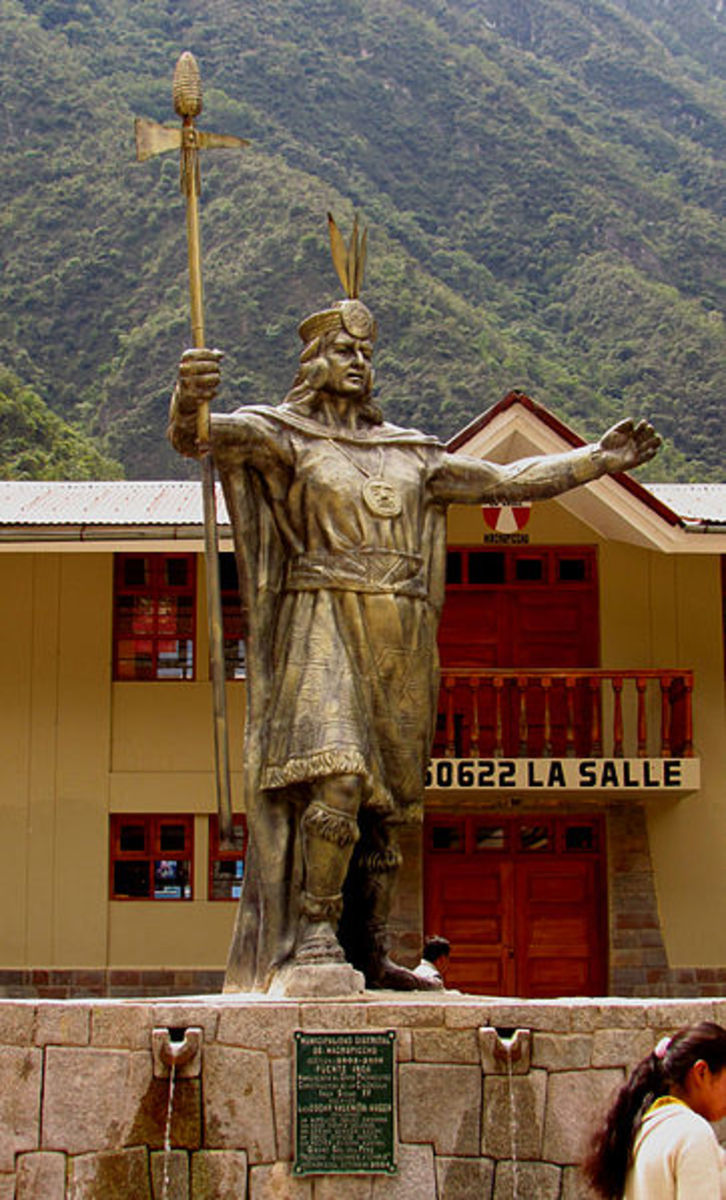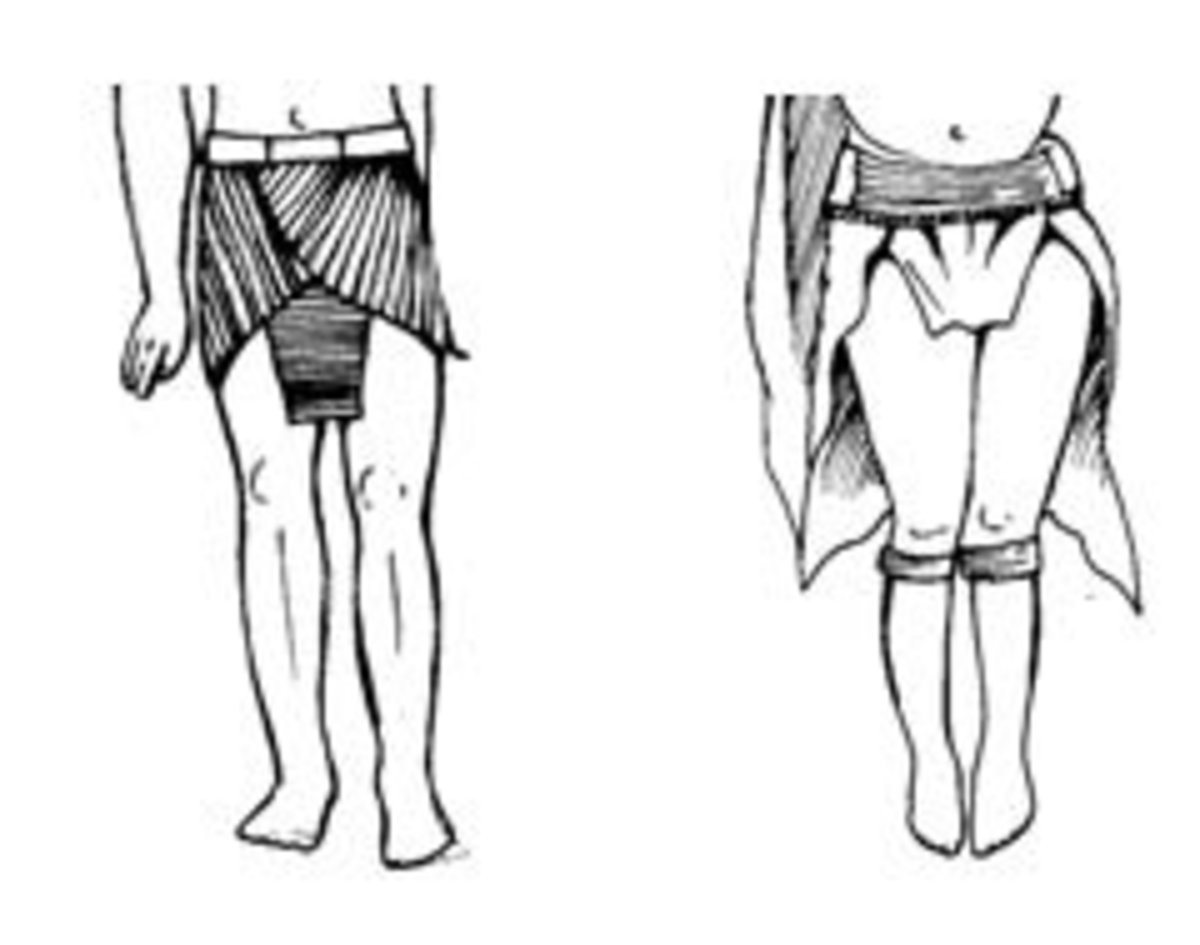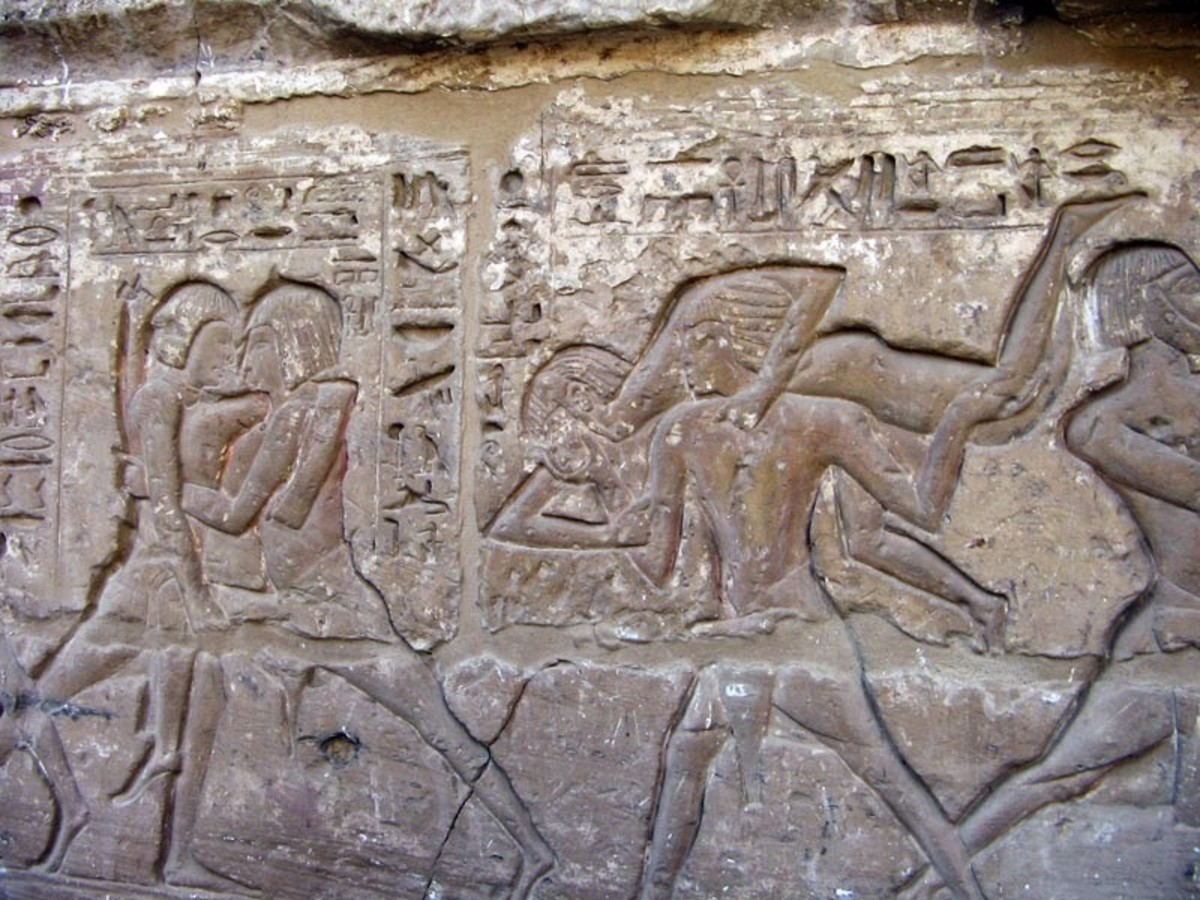Machu Picchu Peru
Beautiful Ancient Machu Picchu
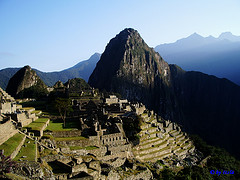
Mysterious Machu Picchu
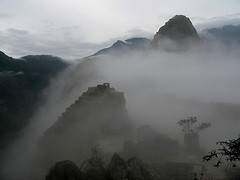
Watch a Machu Picchu Sunrise
What Is Machu Picchu?
The Incas of Machu Picchu are an enigma. They were thought to have inhabited a beautiful city in the Andes mountains for about 100 years. Then they simply disappeared. Their city wasn't rediscovered until an explorer named Hiram Bingham accidentally came along in 1905. But the mysterious civilization of Machu Picchu was already long gone.
Machu Picchu, also called the "Lost City of the Incas", is the beautiful ancient city located in Peru high atop a mountain. In fact, Machu Picchu is isolated in the Urubamba jungle at almost 8,000 feet altitude. Many visitors to Machu Picchu describe a feeling of serenity and mystery while visitng. Indeed, if you see photos of Machu Picchu, the beauty and peacefulness of the area are evident.
Very little is known about Machu Picchu, just theory. And there are many conflicting theories as well. The only clues the inhabitants of Machu Picchu left behind is the beautiful city itself. It is considered to be an engineering marvel, even by today's standards.
Machu Picchu is commonly believed to have been erected around the 13th or 14th century. And yet it still stands. The ancient city is huge. It covers 20 hectares and has about 140 stone buildings. Except for the parts of the buildings that were built from biodegradable materials such as wood, the structures are in excellent preserved shape. The area is also susceptible to frequent earthquakes. Imagine what the city you live in will look like in 500-600 years.
View the Machu Picchu Peru Pics
Click thumbnail to view full-size









Closeup of Ancient Machu Picchu Stone Masonry
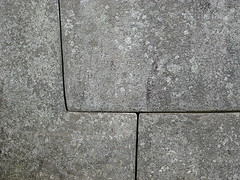
Machu Picchu Master Builders
One of the marvels of Machu Picchu is the way in which the massive stone structures were constructed. The stones were fitted together in a method called "dry stone" technique. Dry stone technique involves fitting stones together with no mortar or binding material whatsoever. The stones are cut precisely enough to fit together like a jigsaw puzzle. This method of construction is found in other places in the world. Ancient Egyptians used it to build the pyramids. Gaelic black houses also used this method of construction.
It is still a mystery how the Incas accomplished this. How did the Incas split the rocks? The stone material used was granite. Granite is one of the hardest stones in existence. Even with today's modern technology, it can take hours to cut through granite and requires specialized tools. Not only are the stones interlocking at Machu Picchu, but they are also polished and very smooth.Machu Picchu builders are considered to be one of the best stonemasters the world has ever known. Not only do the stones at Machu Picchu interlock and are polished smooth, but they are constructed so precisely that there are still places today where a razor blade can not enter between the polished stones.Machu Picchu builders used the dry stone building technique not only for the stone structures, but also for making agricultural terraces. The terraces were built on steep slopes. It became valuable farm land area that would otherwise have been useless.Machu Picchu Peru Fountain and Aqueduct
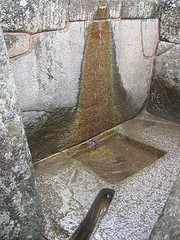
Ancient Machu Picchu Engineering Genius
Another engineering marvel of Machu Picchu is the irrigation system. Miraculously, this system still works today. The water runs through stones that have been carved out to form aqueducts. It is made up of huge rocks instead of small stones fitted together. It is believed this was to reduce loss of water as it made its way to Machu Picchu. There are even water fountains scattered throughout the city. Water was available for drinking, irrigation for the terraces, and for baths.
What is known about the ancient city's construction is that Machu Picchu was built with the use of no wheel technology. The Incas were able to calculate the precise cuts to make the stones fit together, but with no writing. Even with today's technology, building a city of this magnitude with an irrigation system in the heart of a jungle, completely isolated, on a mountaintop, in an earthquake zone, with massive granite stones would be an engineering feat indeed. And no one knows if it would still survive for hundreds and hundreds of years.Go on a Virtual Tour of Ancient Machu Picchu Peru
If you've always wanted to visit ancient Machu Picchu, this is an excellent video of a virtual tour of Machu Picchu.
Learn interesting facts about the history of Machu Picchu and experience the beauty and mystery of this ancient city.

